With over a hundred smartphones that are being released every year, there are some that weren’t able to make it into the market. Now, let’s take a look at them and see what went wrong.
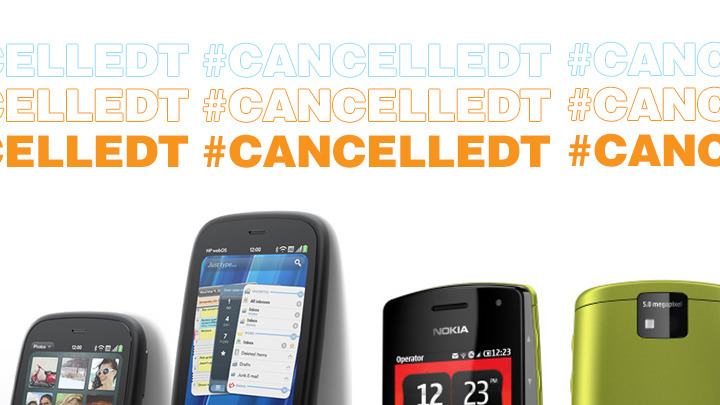
Google Project Ara (2013)

Google Ara was a modular smartphone project developed by Google. It lets users start from a basic device and eventually build the handset up with specific parts that users want — be it a kickass camera, more battery capacity, a bigger memory, and many more. These parts will be available from a Google Play-like marketplace, but with hardware instead of software.
However, in 2016, Google suspended Project Ara. According to a report by Reuters, Google has “suspended” Project Ara as part of the company’s push to streamline its hardware efforts. Reuters also said that while “Google will not be releasing the phone itself, the company may work with partners to bring Project Ara’s technology to market, potentially through licensing agreements.”
Nokia 7700 (2003)

Nokia 7700 was announced in 2003 but was never released. It featured a 3.5-inch touchscreen LCD with a resolution of 640 x 320 pixels, which was the first smartphone to sport a 2:1 aspect ratio. It’s got 64MB internal storage and MultiMedia Card (MMC) slot. It was expected to be the first phone running the Series 90 GUI on Symbian OS and Nokia’s first pen-based device.
Rumor has it that the phone didn’t make it to the market because Nokia was refocusing on making “normal” looking phones, and they didn’t want to take any financial risk.
Blackberry Colt (2012)
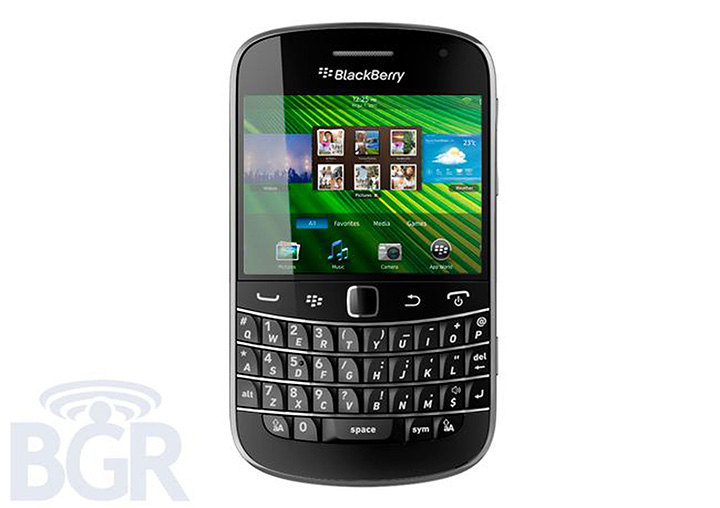
Image credit: BGR
Blackberry Colt was supposed to be Blackberry’s first smartphone to be powered by the QNX software that also powered up the BlackBerry PlayBook tablet. It was said that it resembled the Torch 9860, but without the hardware keys and said to be thinner than the Bold 9900 and with the same stainless steel unibody.
The Colt was supposed to be powered with a dual-core processor, a 4-inch display, front and rear cameras, a battery capacity similar to the PlayBook, and TAT UI elements throughout the BBX OS. The reason for cancellation is unknown.
Emblaze First Else (2010)
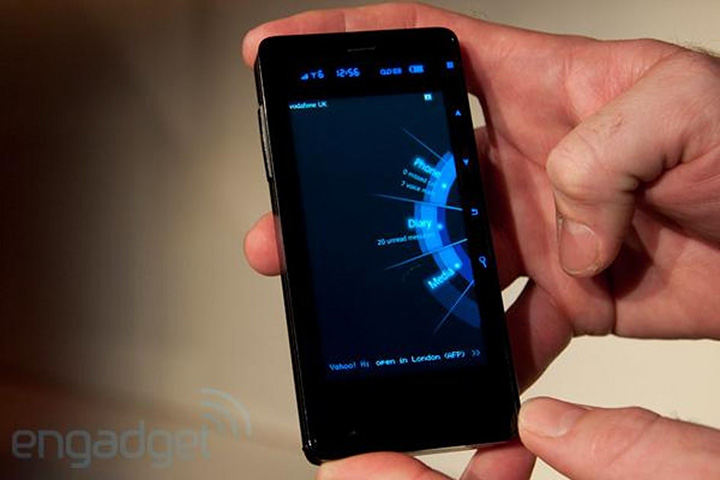
Image credit: Engadget
Emblaze was an Israeli company and the First Else was supposed to revolutionize the mobile phone market. It was running on a Linux-based Else Intuition operating system and a one-thumb interface that promoted a semi-circle options wheel for navigating the UI.
Emblaze’s ex-CEO, Amir Kupervas, told Engadget that the First Else “was eventually ready and he even had two customers, but by that point, it was too late and “it didn’t feel right” to launch the comparatively limited phone, despite its great user experience. Talk about critical delays.
Nokia 600 (2011)

Image credit: GSMArena
In 2011, Nokia announced the Nokia 600 alongside the 701 and 700 but unfortunately didn’t make it. It came with an internal radio antenna and ran on Symbian Belle OS. A day before its official launch, Nokia pulled the plug off. The reason for cancellation is unknown.
LG GW990 (2010)
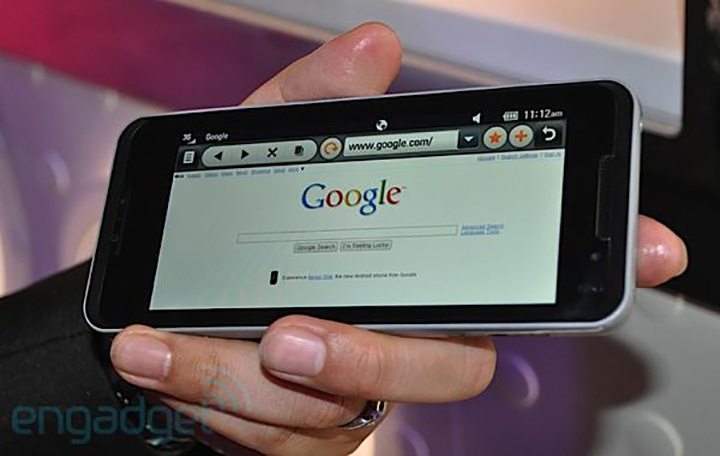
Image credit: Engadget
LG GW990 was a mobile internet device powered by Intel’s Moorestown platform and the new MeeGo OS. Think of a bigger iPod Touch that can connect to 3G and do 3D games plus lets you view 720p HD movies. Software issues led to its cancellation.
HP Pre 3 (2011)
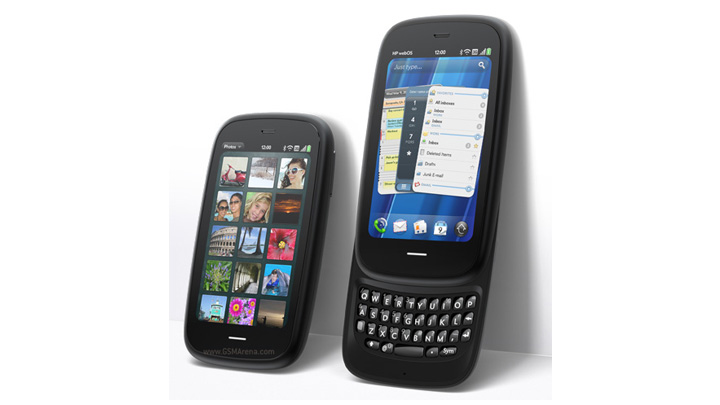
HP Pre 3 was the successor to the Palm Pre 2, just before Hewlett-Packard (HP) acquired Palm. It was powered with a Qualcomm Snapdragon processor, Adobe Flash 10.1, and can do WiFi tethering. Most interesting was that the phone supports dual-mode — HSDPA and EV-DO chips on-board.
However, on August 18, 2011, which was the next day of its release, HP announced that it will be abandoning operations of all webOS-related products, which include the HP Pre, HP Veer, and the HP TouchPad.
And there you go. Which of these phones do you think should’ve been released? Let us in the comments below.